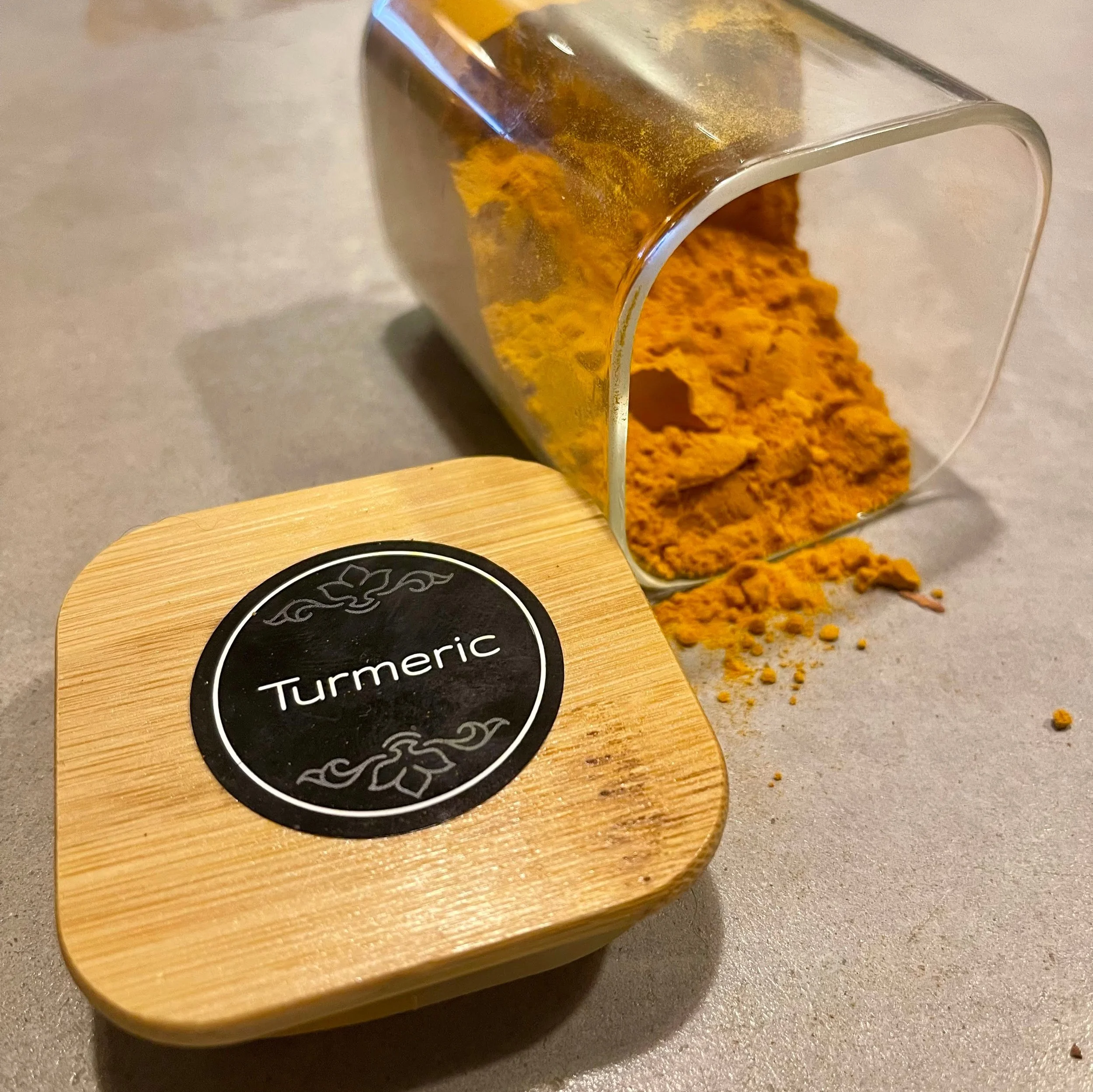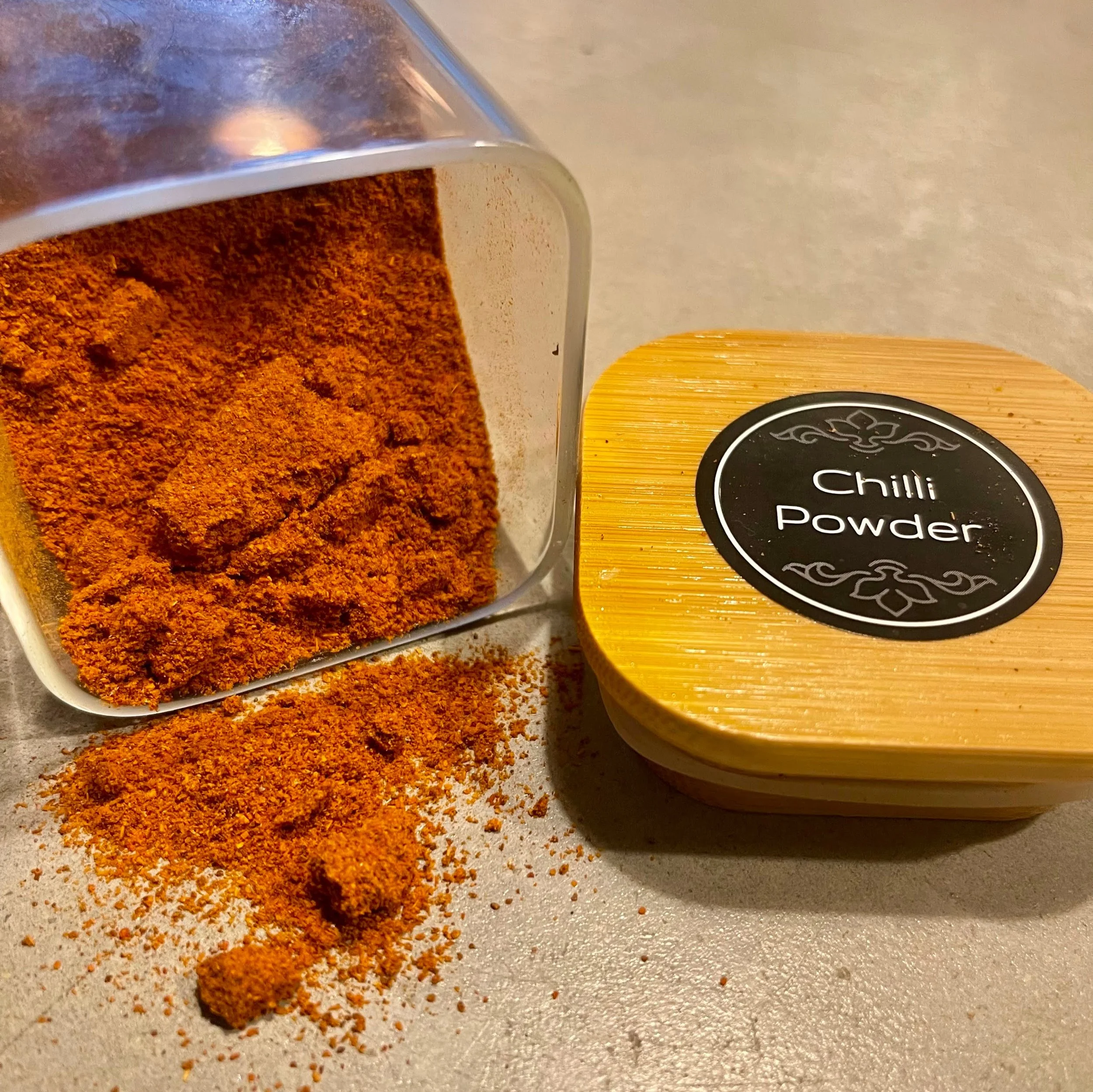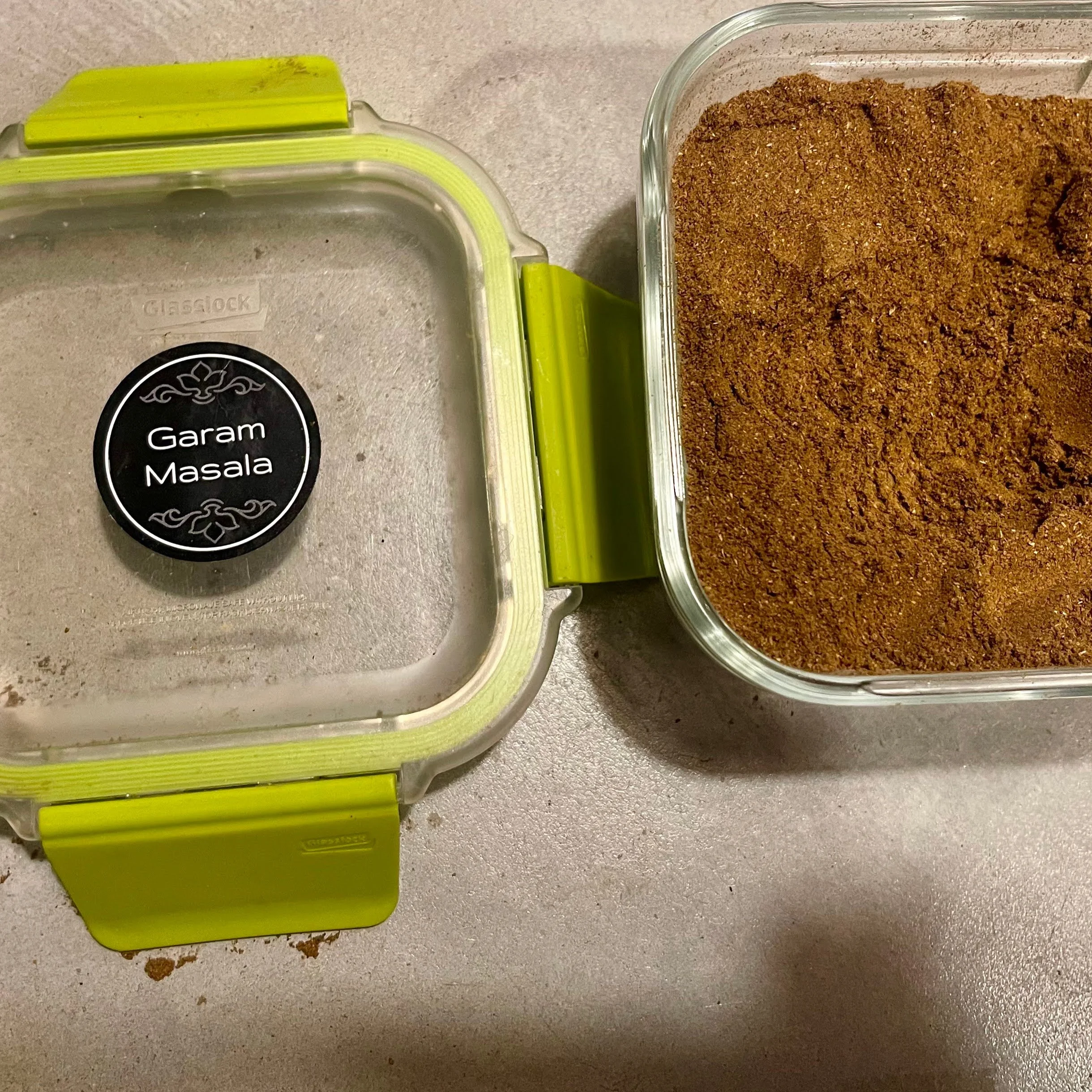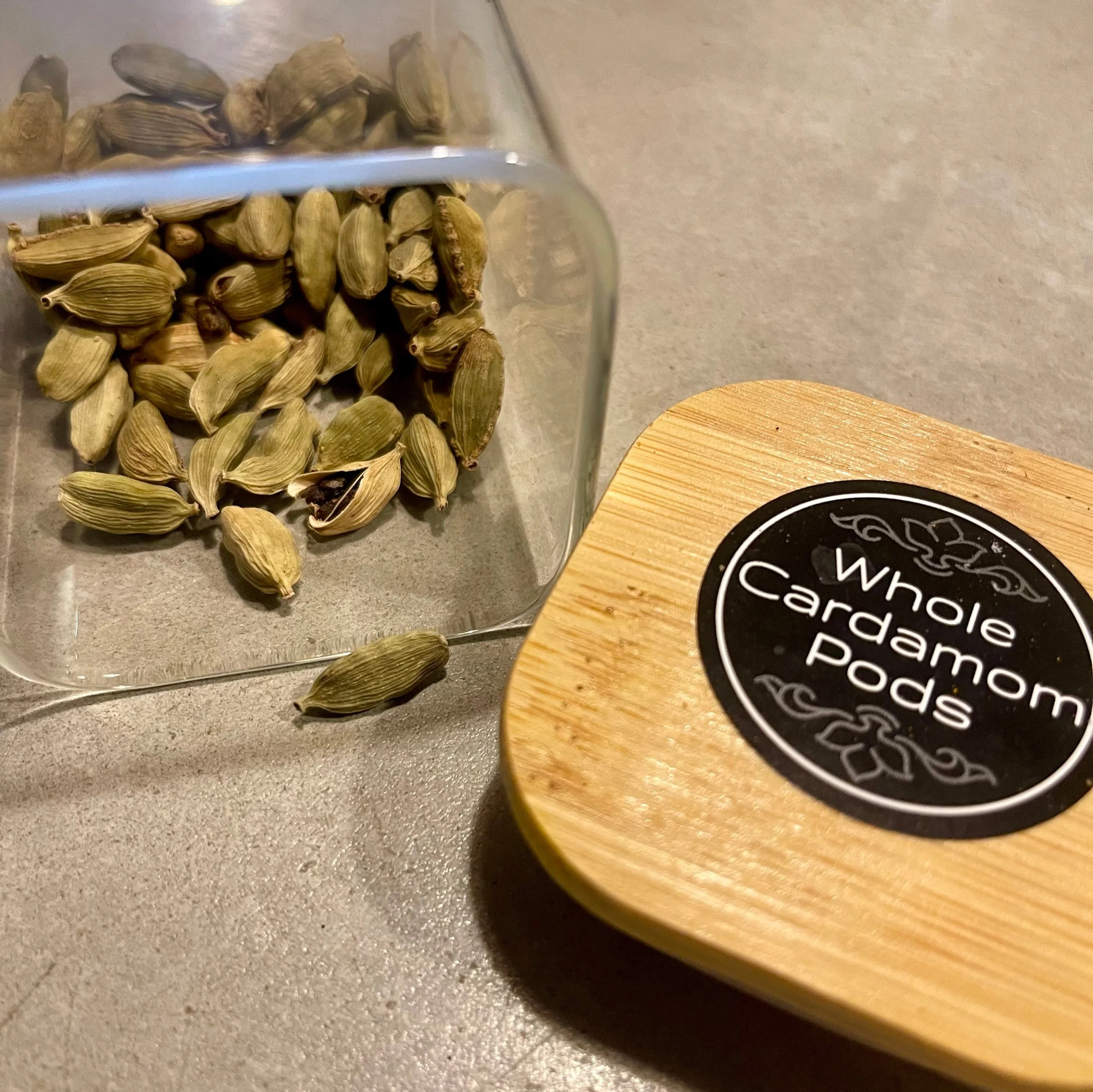Essential Indian Spices
Tony Wright
I love spices, especially Indian spices. I use them all the time in all sorts of meals, including breakfast/ brunch. I don’t use them to add heat to a dish (though there will be a warmth) but to add a complex layering of flavours. These days i think many of us find the Indian spice palate familiar but don’t necessarily know how to use it at home. So much Indian food is very healthy, being predominantly plant based and incredibly diverse and if you like the flavours it is well worth cooking from scratch at home. In this blog i will let you know the five essential spices you need to create many Indian style dishes and some other optional spices for later on.
There are definitely some spices that crossover to other types of cuisine, for example cumin can be used in mexican and middle eastern cooking, we will cover off those cusines in the future.
There is a theme in many indian dishes where aromatic spices are cooked dry or in oil at the begininng before adding other ingredient and sauces, Then a layering effect happens when you add light spice blends such as garam masala , seasoning, fresh coriander, maybe sugar at the end of a dish. Once you get used to using these spices you can start to use this early release effect in other dishes, for example i often will pan fry tofu pieces for brunch and early on add cumin seed, turmeric and a little chilli powder.
Where to buy - if you are lucky you will have an asian supermarket nearby or many supermarkets now have an aisle dedicated to foods from around the world. In the UK my local Tesco has bulk bags of lentils, chapati flour, rice and spices. They work out so much cheaper than buying the little 30g pots of spices you normally find. Alternatively in the UK there are lots of sites online, I last used natcofoods.com, not only are they very good value, they also stock all the lentils and other dried ingredients I like to buy. I also recently used buywholefoodsonline.co.uk who stock organic spices in 125g bags. Sorry if this is a bit UK centric but i’m sure you will find a delivery service wherever you are, ideally look for an Indian or Asian specialist.
You only need a handful of spices to create many Indian dishes, they are listed below with my recommended quantities to buy (as long as you buy them in the cheaper bags) -
Cumin seeds 100g - i almost always use the whole seed, so aromatic. Generally dry roasted or in oil at the beginning of a dish to release their flavors. If you really think you won’t get on with the whole seeds, you can use cumin powder. However I think the seed tastes so much better and texturally is not noticeable to me in a dish.
Turmeric powder 100g - an earthy flavoured ground spice. Can be used at the beginning of a dish, but also added later in sauces or liquids. Not only for taste but known for it’s anti inflamatory properties. We sometimes add to green smoothies.
Chilli powder 30-50g - buy a pure chilli powder (not a blend). Always taste a tiny amount so you have some idea of how hot your dish might be. You can always add, but hard to take away. So maybe add 1/2 to 1 tsp at the beginning and add more later if you want more warmth. I’m a big fan of not too much heat, enough to add flavour.
Ground coriander 100g - ground from whole seeds, lovely flavour and generally i add at the beginning of most dishes.
Garam masala 100g - is a blend of aromatic spices. I like to think of them as a seasoning and add them at the end of many dishes along with salt and sometimes citrus/ fresh coriander to finish the flavouring.
As you will already have salt and black pepper, the essential Indian spice list is just 5 spices.
In our upcoming blogs we are going to take a look at Lentils and dal dishes made with this basic spice kit.
In the meantime here is a simplified bombay potato recipe:
Roast some small cubes of potato till golden - a great way to use up leftover potatoes
In a pan add some oil (coconut, rapeseed, olive), 2 tsp cumin seed, 2 tsp ground coriander, 1 tsp turmeric, 1/2 to 1 tsp chilli powder, If you have time throw in a couple of cloves of chopped garlic. Let it all sizzle for a minute then throw in the roasted potatoes, toss and cook for a few minutes, stir regularly, season with salt and if you have it add some chopped fresh coriander……and that’s it. A great side dish or lunch with some salad.
Once you have the basic spices, you can settle with them and explore the possibilities or add a few extra items below if you want to expand your repertoire or just add another dimension.
Mustard seeds 100g (first extra spice I would buy) - black if possible, these crackle and release their flavour when fried in oil
Cinnamon - always whole pieces of the bark, not powdered. Imparts much more flavour and can be removed before serving.
Cardamom 50g- i use this in both powered and whole form, it’s a very fragrant flavour, some people don’t like the husks from the whole pos in their food, so either use powder or bash the seeds out on the chopping board.
Ground Cardamom
Curry leaves 50g or bunch fresh- adds another layer of flavour to sauce based dishes and dals. Again used whole, can be removed or left in at the end. Mostly bought dried but if you find fresh, then buy and freeze. You’ll notice the picture shows sri lankan curry leaves - i prefer them, they are smaller and have more taste, but any curry leaves will be fine.
Chaat masala 100g - to add a sweet/ sour note at the end of cooking. Much of the flavour comes from Amchur (powdered green mango) which can also be used separately. It’s really worth trying insted of garam masala sometime, you will be surprised at how good it is.
That’s it for now. Any questions please email them to me at tony@rachhall.com
Namaste.












